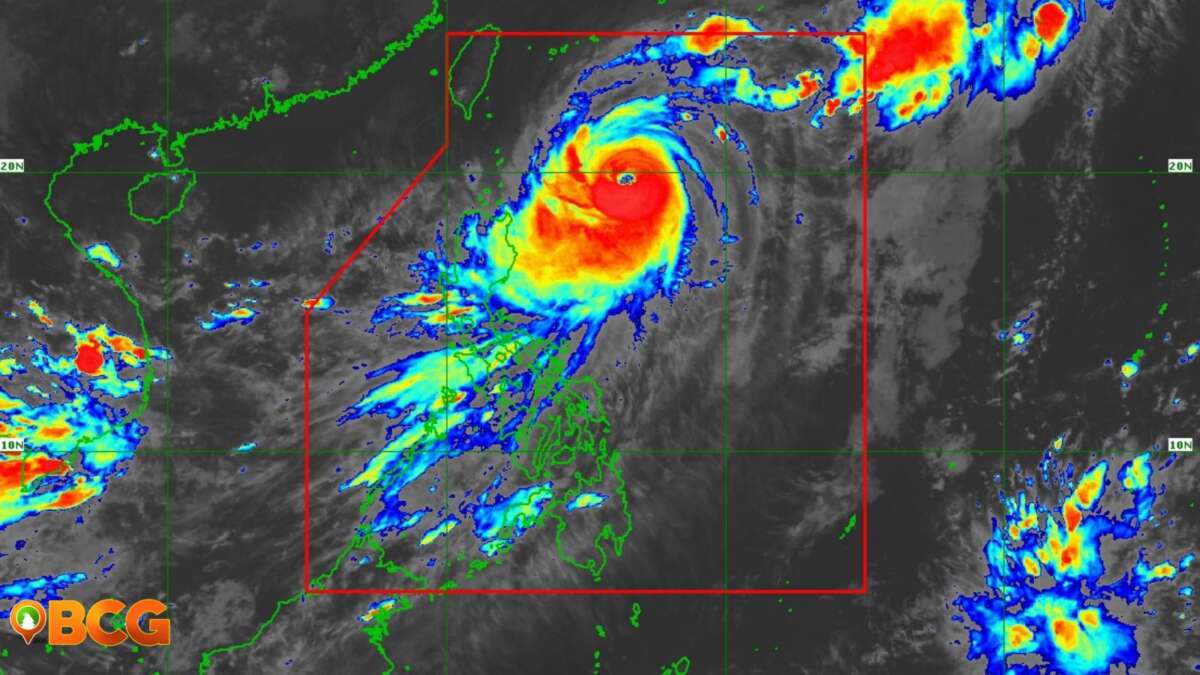Annual Lyrids Meteor Shower to Dazzle PH Skies on April 22
Annual Lyrids Meteor Shower to Dazzle PH Skies on April 22
After the Pink Supermoon brightened the skies earlier this month, another epic astronomical phenomenon will graze the skies tomorrow, April 22, as the annual April Lyrids meteor shower will reach its peak tomorrow, April 22 to predawn of April 23. The shower will typically generate a dozen meteors per hour under optimal conditions that will last for less than a day.

Image of the 2012 Lyrids meteor shower taken by astronaut Don Pettit at the International Space Station (NASA)
History of the April Lyrids Meteor Shower
According to PAGASA‘s Astronomical Diary, the Lyrids meteor shower is the oldest known meteor shower and has been observed for more than 2,600 years. The first recorded sighting of a Lyrid meteor shower goes back to 687 BC by the Chinese, describing it as “stars falling like rain”. These meteors got their name from the constellation Lyra (photo below), which hosts the bright star Vega, the fifth brightest star in the sky. The Lyrids meteor shower, which usually appears between April 16 and April 25, was called such because they appear to radiate from a point in the constellation Lyra. The source of the Lyrids meteor is the comet Thatcher (C/1861 G1), which orbits the Sun every 415 years.
The parallelogram shape of the constellation Lyra represents the lyre, the musical instrument of Orpheus from Greek mythology. It was said that the Greek musician and poet played the lyre at the gates of Hades in an attempt to win back Eurydice from the Underworld.
How to Catch the Peak of the Lyrids Meteor Shower
With clear skies, as many as 20 meteor streaks per hour with a velocity of 49 km/s, may be visible during this window according to the European Southern Observatory. The good news is, this breathtaking cosmic light show requires no special equipment and can be enjoyed by the naked eye. NASA says that they are best viewed in skies that are as dark as possible, away from light pollution. The key to spotting the fleeting streaks of light is to lie on your back with your feet facing east and look up to the sky, taking in as much of it as possible. Your eyesight will adapt in the dark in about 30 minutes and you will begin to see meteors. When viewing meteors, NASA also reminds viewers to practice patience and since the show will last till dawn so you will have plenty of time to get a glimpse. As long as you don’t fall asleep, that is.
So if you are up to witness this beautiful celestial light show, this is a perfect opportunity to take a peek outside and look up, especially that we spend most of our times indoor because of unprecedented times caused by the pandemic. Don’t forget to wear warm clothes, set up your alarm clock (in case you’re not a night owl), find a good spot on your roof or your terrace and look up to the skies for a free-for-all nature’s light show.
Related: Watch a timelapse of the Pink Supermoon
Sources:
PAGASA
LiveScience
NASA
European Southern Observatory
Science Alert














